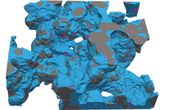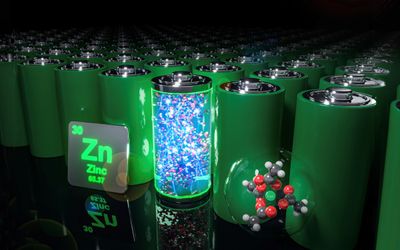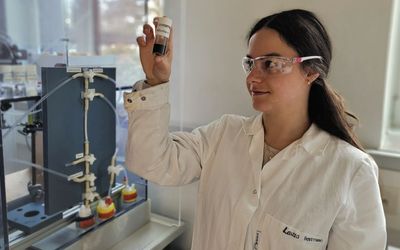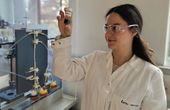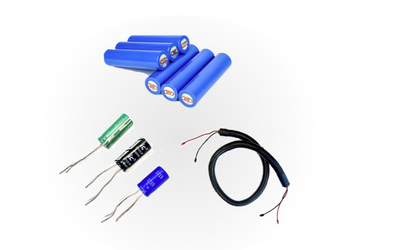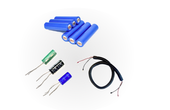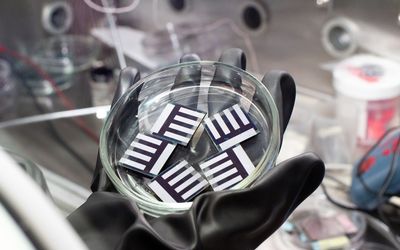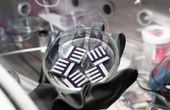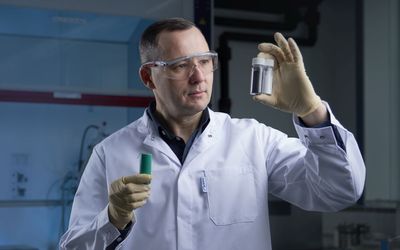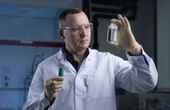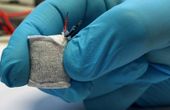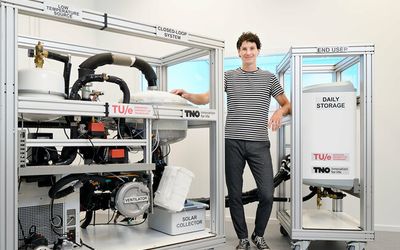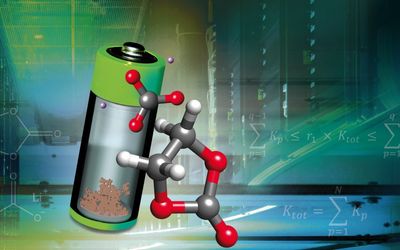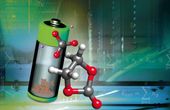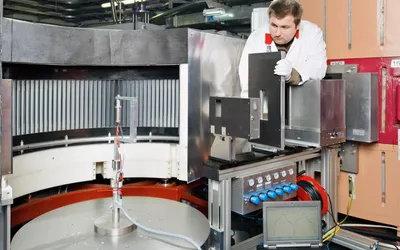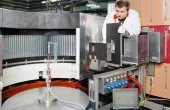Category
energy
Latest Posts
Batteries are great, but they are not perfect. The same can be said about supercapacitors. Actually, where one is strong the other is weak. This is why there is growing interest in using both at the same time, but that can be challenging. In this article, we talk about differences between batteries, supercapacitors, hybrids, and how Capacitech’s unique approach to energy storage systems overcomes challenges faced in the past.
This was a mission-critical test case for Red Bull. The goal was to recharge the drone batteries quickly, needing high levels of power. The battery generator did not have the peak power required nor the power quality to complete the task on its own, but in combination with Capacitech's products, the system worked without a hitch!
Plants use photosynthesis to harvest energy from sunlight. Now researchers at the Technical University of Munich (TUM) have applied this principle as the basis for developing new sustainable processes which in the future may produce syngas (synthetic gas) for the large-scale chemical industry and be able to charge batteries.
Inkjet Printing for Solar Cell Manufacturing: How Electroforming is empowering the photovoltaics industry moving forward
Inkjet printing is an extremely versatile, non-contact process that involves jetting tiny ink droplets to facilitate direct printing. It has seen a surge of new applications in fields including electronics, life science, optics, and PV.
Inkjet Printing for PV Cell Manufacturing: How Electroforming is empowering the photovoltaics industry moving forward
Solar power plays a vital role in energy transition and climate protection. This article introduces how Veco's Electroformed Inkjet Printing solutions enabled solar cell manufacturers to increase efficiency while reducing costs.
A research team at the Technical University of Munich (TUM) has discovered a material class with above-average conductivity. This is a decisive step forward in the development of high-performance solid-state batteries. Investigations conducted at the Research Neutron Source Heinz Maier-Leibnitz (FRM II) made an essential contribution to the discovery.








